
Valley of wonders

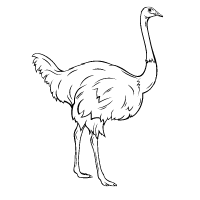
Uganda has an incredible variety of animal, bird, and plant species, making it one of the most biodiverse countries in the world. Widely known as the Pearl of Africa, the country is estimated to hold 40% of Africa’s mammal species and 10% of the world’s bird species. Known as a birder’s paradise, Kidepo Valley National Park is the third-largest National Park in Uganda, brimming with this abundance of Ugandan wildlife.
Tucked away in the northeastern corner of Uganda, bordered by South Sudan and Kenya, Kidepo Valley National Park is not exactly on the beaten path. Despite a turbulent history, the park today welcomes adventurous travellers seeking an untamed and uncharted African experience, far from the usual safari crowds. It is a reasonably gruelling ten-hour drive from Uganda’s capital city, Kampala, but as a consequence, the park has the charm of a hidden gem. The 1,444km2 extent of this national park is composed of river valleys, undulating plains and forested mountains supporting a breathtaking array of wildlife. CNN dubbed it as “possibly the most picturesque park in Africa”.
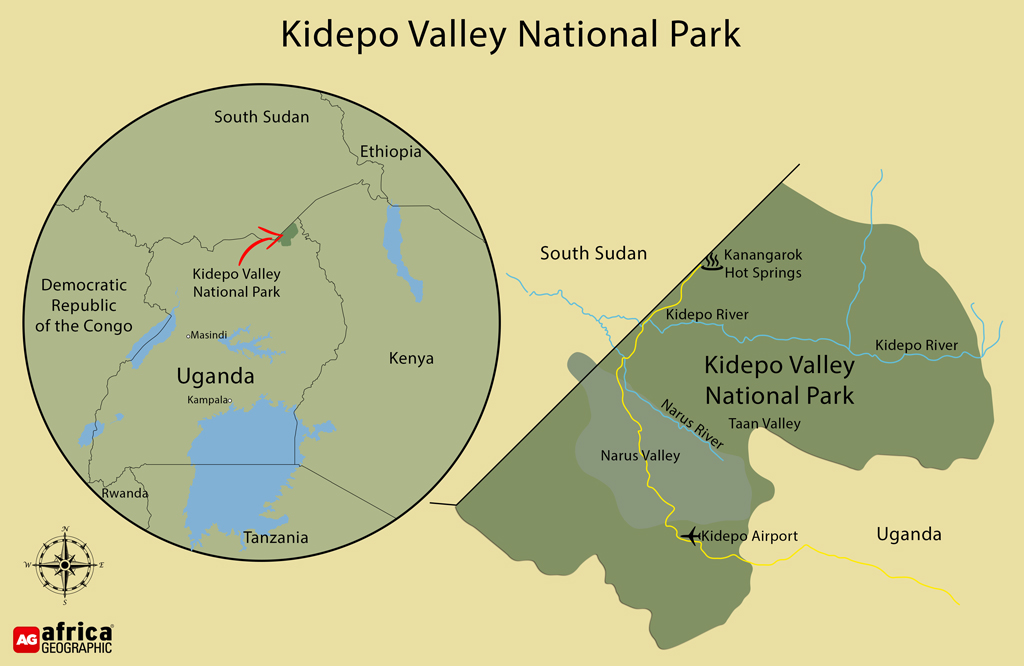
The Narus River, bisecting the park, and the Kidepo River, prone to flash floods, attract large herds of buffalos, crocodiles, and birds. These rivers offer excellent opportunities for wildlife and bird spotting. To the west and southeast of the park, forested mountains rising to over 2740m rim the park. The landscape is best described as open savannahs of both long and short grasses, reminiscent of Kenya’s Maasai Mara, dotted with borassus palms and sausage trees. Adding to the abundance of this diverse landscape are several vegetation types, from the iconic acacia-dominated plains to fire-climax grasslands, wetlands, tree- and shrub-steppe, thickets, and forests. The savannah is further interrupted by scattered rocky granite outcrops. To the west, the terrain transitions entirely into the Napore Nyagia Hills, while in the east, the two valleys are divided by the Lokayot and Natira Hills.
The lifeblood of Kidepo’s cultural heritage lies in the local communities around the park, which are made up of the cattle-herding Karamojong people, believed to have migrated from Ethiopia in 1600AD, and the hunter-gatherer Ik tribe, a small tribe living on the slopes of Mount Morungole.


Where the wild things are
While Kidepo is known for the variety of birds it offers birding enthusiasts, including some spectacular endemics, it also offers breathtaking, vast and rolling landscapes and abundant wildlife. If experiencing the colours of Africa is high on your bucket list, then Kidepo is the place to visit. The amber of a lion lying in the long, pink grasses at sunset, the patchy chess-boards of brown and green as Rothschild giraffes sway through the thorn trees, and the multi-hued feathery splendour of 470 bird species create a vibrant palette.


With over 86 mammal species, you will never get bored on game drives in the Kidepo Valley NP, with a choice from buffalo to bat-eared foxes, from aardvark to zebra. Four of the Big 5 can be found here (rhinos are absent), and there are plans to re-introduce white rhinos into the park. It’s a haven for predators, too, both the mammalian and feathered variety. Side-striped jackals are the most common carnivores, while their less frequently seen black-backed counterparts reside in the drier regions. Lions, leopards, and spotted hyenas might give you an eyeful of a kill in action, particularly in the dry season when the animals tend to gather at the few remaining pools along the riverbeds. The open savannahs, scattered with termite mounds and rocky outcrops, provide the perfect habitat for cheetahs to stalk their preferred prey, the oribi. Birds of prey include the pygmy falcon, Verreaux’s eagle, Egyptian vulture, the grey kestrel, the lesser kestrel, the fox kestrel, the pallid harrier and white-faced scops owl.
 Want to visit Kidepo Valley National Park? Let our travel team plan your safari to Kidepo. Or check out our ready-made safaris to Uganda here.
Want to visit Kidepo Valley National Park? Let our travel team plan your safari to Kidepo. Or check out our ready-made safaris to Uganda here.
The birds of Kidepo are a significant drawcard, as it hosts the second-highest bird record of any Ugandan protected area and is considered an Important Bird Area, supporting Somali-Maasai and Sudan-Guinea biome endemics. Many specials are even spotted at the park’s campsites. Interesting ‘specials’ include the Karamoja apalis, Jackson’s hornbill and the black-breasted barbet, which get birders glassy-eyed. Amongst the feathery delights are the golden pipit flitting like a comet, the silverbird flycatcher, the superb starling flashing iridescent feathers, the scarlet-chested sunbird, and the aptly named beautiful sunbird, a rainbow on wings. Clapperton’s spurfowl, yellow-necked spurfowl, white-headed buffalo weaver, steel-blue whydah, rose-ringed parakeet and large herds of ostriches can also be found here.
Antelope abound and include Jackson’s hartebeest, eland, bushbuck, Defassa waterbuck, kudu, Chandler’s mountain reedbuck, bohor reedbuck, oribi, Guenther’s dik-dik, Uganda kob, and if you are lucky, Bright’s gazelle, a subspecies of Grant’s.

Kidepo also hosts a recently discovered crocodile species (discovered in 2012) – the West African crocodile (Crocodylus suchus) – which was initially thought to be a subspecies of the Nile crocodile but turned out to be genetically distinct. An interesting fact about this species is that it was used by the temple priests in Ancient Egypt, who mummified these crocodiles and placed them in the tombs of pharaohs to act as offerings to deities or accompany the pharaohs into the afterlife.
The park supports over 690 plant species, and visitors will be charmed by the occurrence of iconic and beautiful tree species, such as the buffalo thorn, red thorn acacias, whistling thorn acacias, the fan palm, the sausage tree, and the drumstick tree.


History of Kidepo Valley
The area was gazetted in 1958 as a game reserve, primarily to prevent hunting and poaching and to protect this natural area from bush clearing in the name of tsetse fly control. It was converted into a national park in 1962. From the 1970s to the 2000s, it went through a turbulent period due to political tensions when resistance movements and armies crisscrossing the park. During this time, increased grazing and poaching occurred, which the under-resourced park staff could not curb. As a result, several species, such as wild dogs, rhinos and roan antelope, were locally extirpated. The park currently has plans to reintroduce some of these species.
Since 2006, Kidepo has been safely accessible. The Uganda Wildlife Authority has delineated the park into four management zones, including a collaborative management zone, where community residents can harvest resources through collaborative management agreements.

When to visit Kidepo
The park has two seasons. The scorching dry season is from October to March when the rivers (except Narus) dry out, and the grasses are shorter (there is a brief rainy period between October and November). This is the best time to see wildlife, as the animals are attracted to the few remaining waterholes and are visible in the short grass. In the wet season, from April to September, rain falls (up to 890mm in the season alone), making the roads difficult to navigate. During this time, animals retreat into the thicker woodlands.
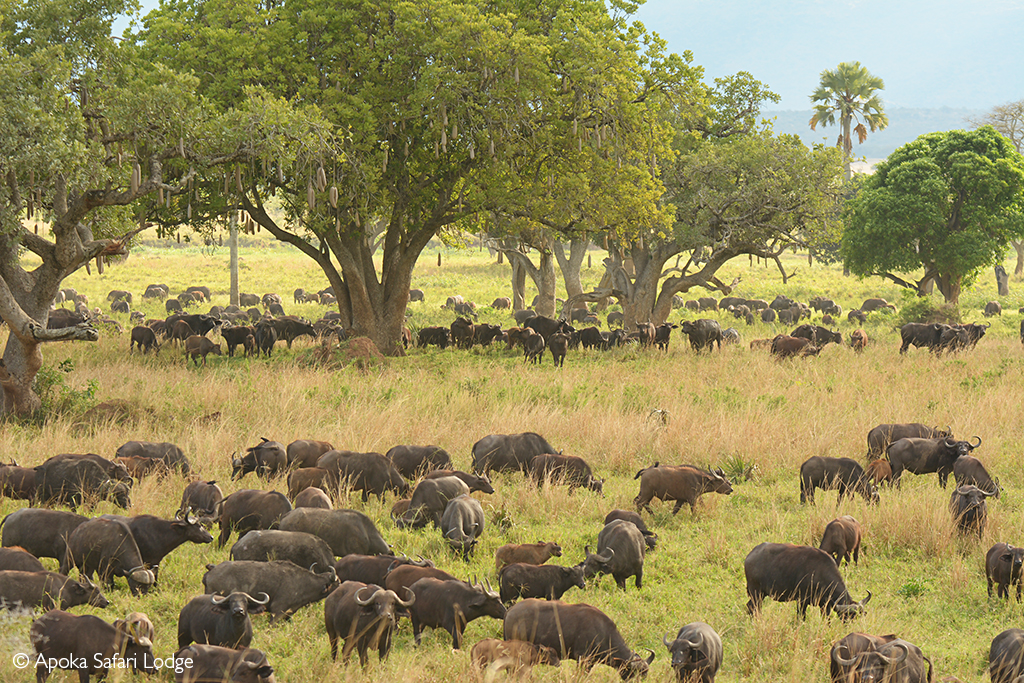
Explore and stay in Kidepo
Visitors to Kidepo have numerous accommodation options. There are campsites in the park (with ablution facilities) where guests can set up their own tents, a rest camp featuring self-contained chalets and a camp featuring smaller bandas with external ablution facilities. There are also mid-range and luxury lodges available in the park. In terms of activities, guided walks and drives offer the opportunity to explore. Visitors who want to walk in the park should visit in the dry season, as paths become muddy and slippery in the rainy season.

The park has some exceptional viewing points, such as Mount Morungole, at a height of 2,750m. From here, it feels as if one can see into the deepest Africa. The Namamukweny Valley in the northwest of the park offers beautiful views and excellent birding, with white-crested turaco, Abyssinian roller, and green woodhoopoe often spotted here (although ironically, the name means “place with no birds”). There are also idyllic opportunities to view the park from a bird’s eye view from a hot air balloon.
The Kanagorok Hot Springs, located in Lotukei on the South Sudanese boundary of the park, are also worth a visit. Local tribes consider the springs a sacred place for healing.
Visitors can also get a taste of the local culture by visiting the villages of the Karamojong tribe. They can witness their dancing traditions, partake in regional cuisine, and hear about their customs and history through storytelling.

How to get there
Visitors might not want to take the tiresome 10-hour driving route from Kampala via Karuma, Gulu, and Kitgum, which includes both tarmac and gravel roads. In that case, charter flights from Entebbe International Airport or Kampala Aero Club can be taken to the Apoka airstrip. These flights only operate on certain days of the week and require a minimum number of passengers.
Alternatively, one can make a road trip and go via a longer route. Visitors frequently drive from Murchison Falls, which takes 7 hours or less. Some visitors break up the journey by spending a night near Sipi Falls.
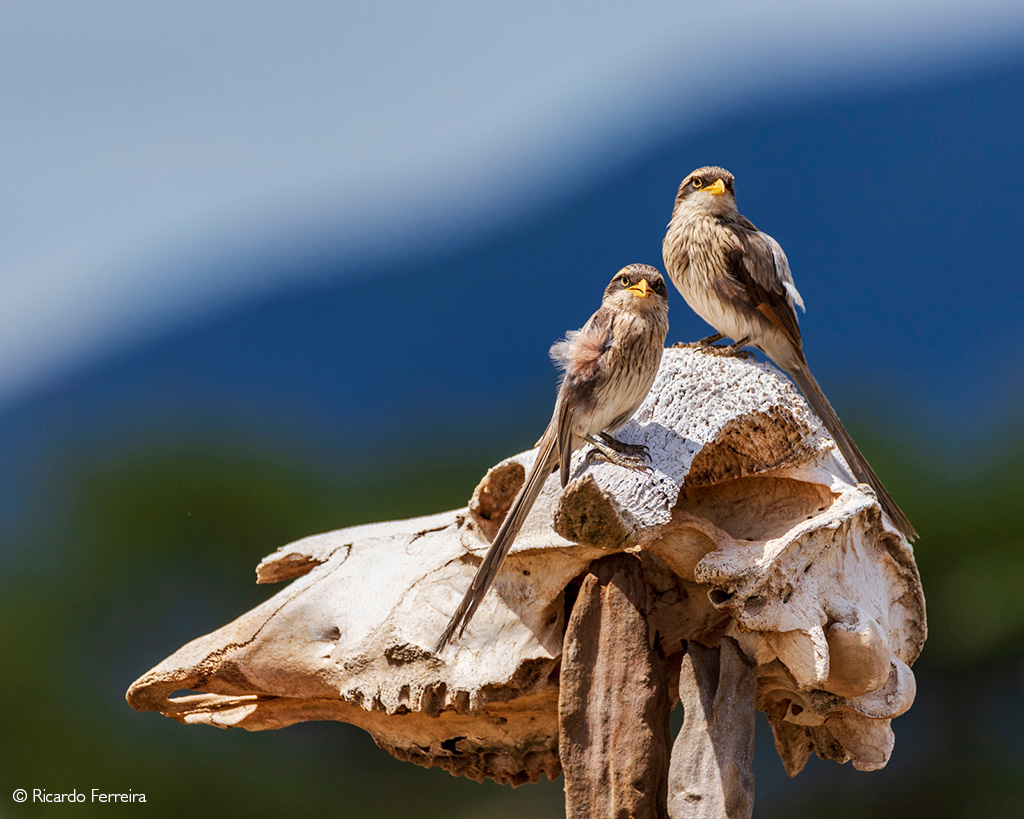
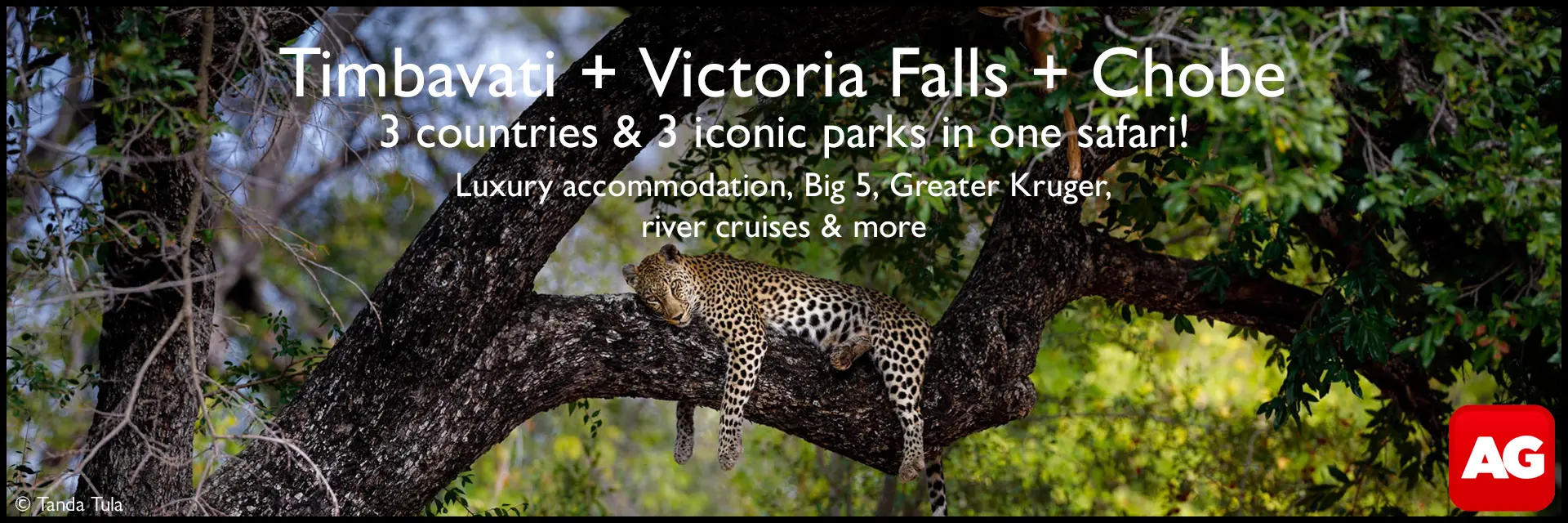
The charm of the light
The park’s ambience is often described with a mention of the “soft, glowing light” that characterises the vistas of the Kidepo Valley National Park. This gentle light, its high conservation value, its attraction as a birding safari destination, its unique fauna and crocodile species, multiple habitat types, endemic plants and animal species, beautiful landscape, and rivers means that the Kidepo Valley deserves a spot on your travel bucket list.

Further reading
Find out about other Uganda safari options here.
A Uganda birding safari offers amazing bucket-list sightings, with over 1,065 species on offer. Col Roberts visited Uganda on an AG safari, and included Kidepo Valley in his travels. Read more about his Ugandan birding bonanza here.
To comment on this story: Login (or sign up) to our app here - it's a troll-free safe place 🙂.![]()




